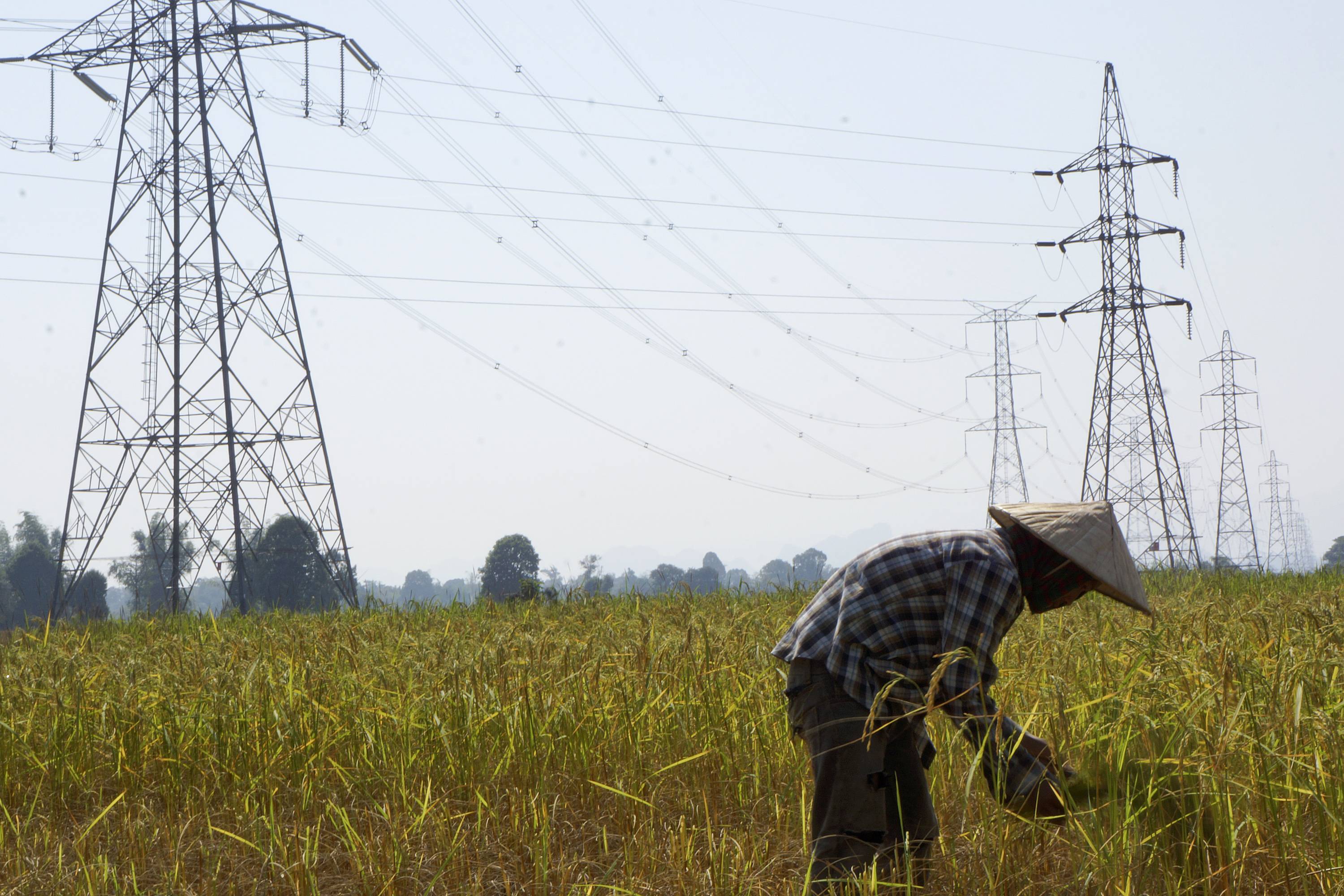American statesman John Adams, who served as U.S. president from 1797 to 1801, famously said, “There are two ways to conquer and enslave a country: One is by the sword; the other is by debt.” China, choosing the second path, has embraced colonial-era practices and rapidly emerged as the world’s biggest official creditor.
With its international loans surpassing more than 5% of the global GDP, China has now eclipsed traditional lenders, including the World Bank, the International Monetary Fund and all the creditor nations of the Organization for Economic Cooperation and Development (OECD) put together. By extending huge loans with strings attached to financially vulnerable states, it has not only boosted its leverage over them but also ensnared some in sovereignty-eroding debt traps.
The latest to fall prey to China’s debt-trap diplomacy is small Laos, which recently signed a 25-year concession agreement allowing a majority Chinese-owned company to control its national power grid, including electricity exports to neighboring countries. This shows that, despite the China-originating COVID-19 pandemic, Beijing continues to weaponize debt as part of its strategy to expand its economic, political and military presence abroad.

















With your current subscription plan you can comment on stories. However, before writing your first comment, please create a display name in the Profile section of your subscriber account page.